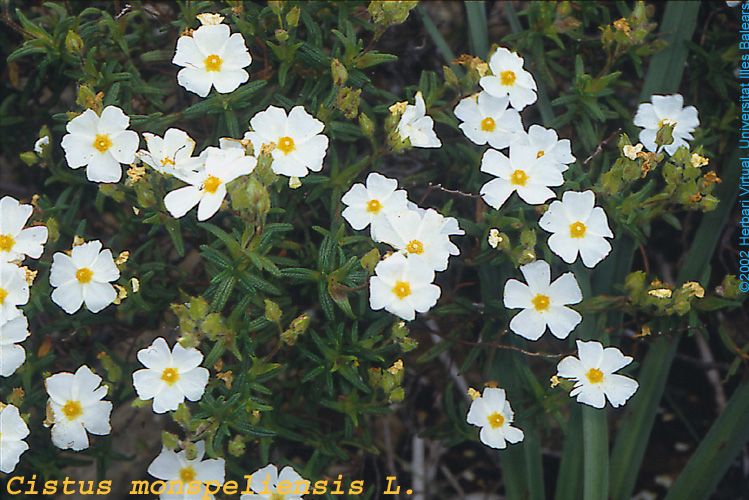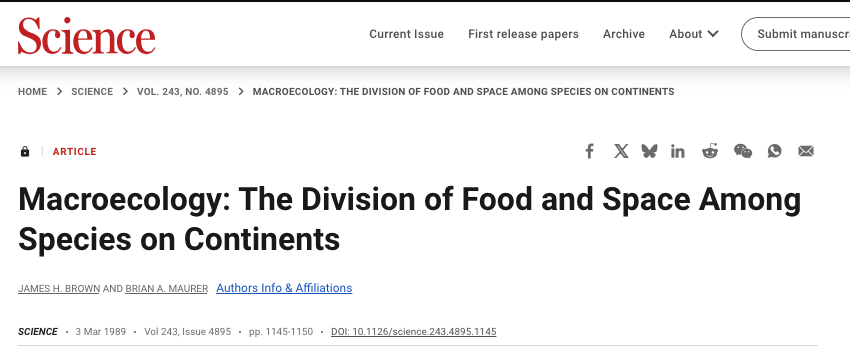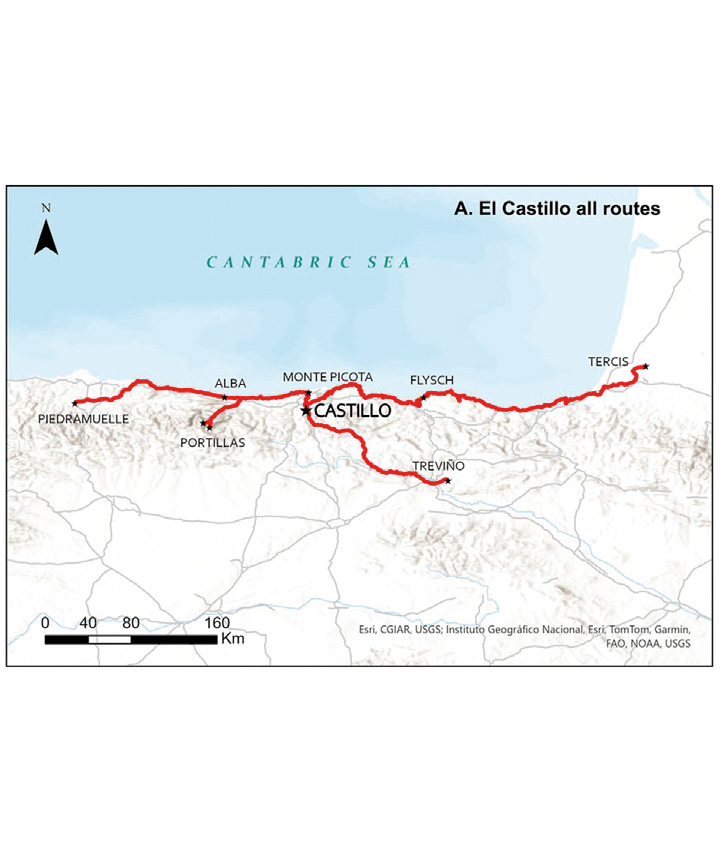
Manuel Hernández Fernández
@hdezfdez
Paleobiólogo, profesor en la UCM e investigador en el CSIC; interesado en los cambios climáticos y la evolución de las faunas de vertebrados cenozoicos
ID: 260748936
https://www.researchgate.net/profile/Manuel_Hernandez_Fernandez 04-03-2011 14:28:57
10,10K Tweet
1,1K Followers
2,2K Following

















Secanos Vivos: donde la biodiversidad y la alimentación se encuentran youtu.be/UoxyiIkEOx4?si… a través de SEO/BirdLife



Hydration-dehydration effects on germination tolerance to water stress of eight Cistus species mdpi.com/3410886 via Plants MDPI





